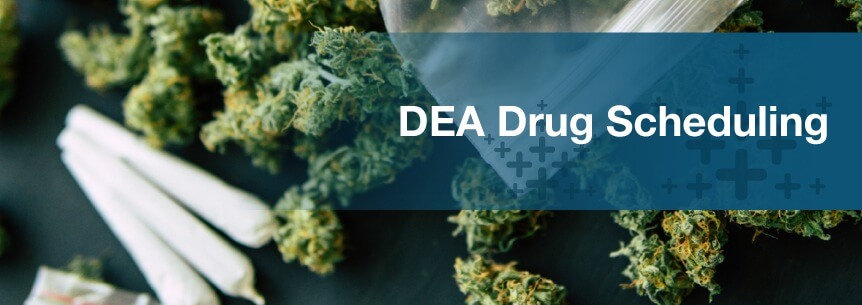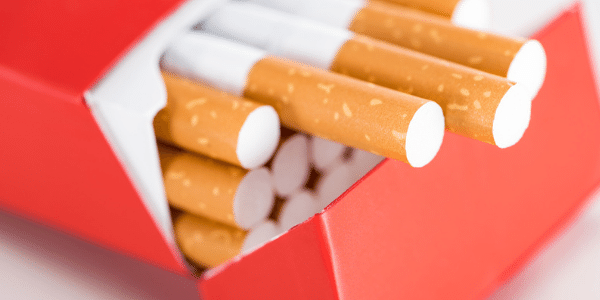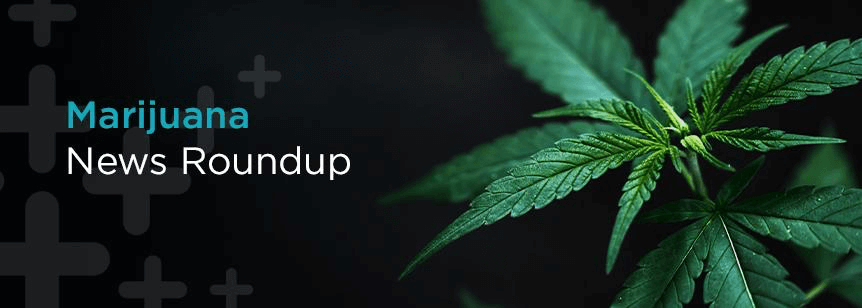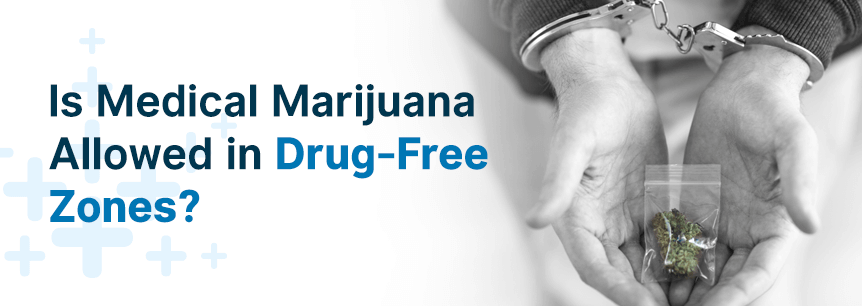As an increasing number of American states legalize the use of either medical marijuana or marijuana outright, experts are increasingly questioning the way marijuana is scheduled by the Drug Enforcement Administration (DEA). Currently, marijuana is included in Schedule I. These are literally the most hallucinogenic and dangerous drugs – except for marijuana. The absurdity of the federal government placing marijuana with these other dangerous drugs will become apparent below.
Drug Scheduling Explained
Since 1970 the DEA Drug Schedule has been used to classify drugs, substance, and chemicals that are used to make drugs into five different categories called schedules depending mostly upon how the drugs are used in medicine and the ability for them to be abused or create dependencies. Much of how a drug is classified is based on its potential to be abused. Schedule I drugs are believed to have the greatest potential to cause severe physical or psychological dependence.
As you move through the other categories, the potential for the drug being abused diminishes so that by the time you reach Schedule V, a drug in this category has the least chance of being abused.
We will have more on how the DEA drug schedule was created in 1970 below.
Let’s look briefly at the five schedules.
Schedule I
These drugs are defined as having no medical purpose and a high potential for abuse. The government’s position is that medical supervision cannot provide a level of safe use for the drug.
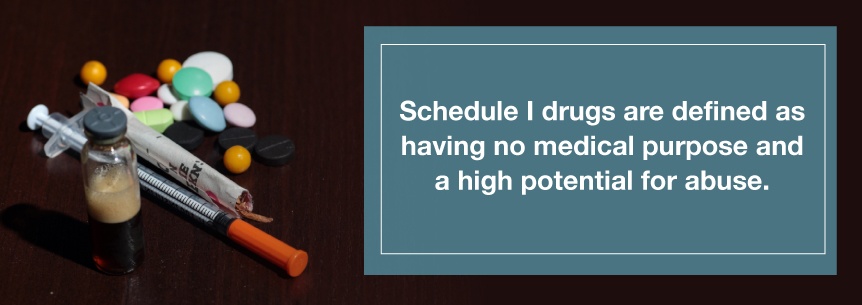
Some of the drugs in this category include LSD, ecstasy, peyote, methaqualone, heroin and marijuana (cannabis).
Schedule II
These are defined as drugs that have a great potential for abuse that could lead to severe physical or psychological dependence. They are still considered dangerous but not as dangerous as Schedule I.
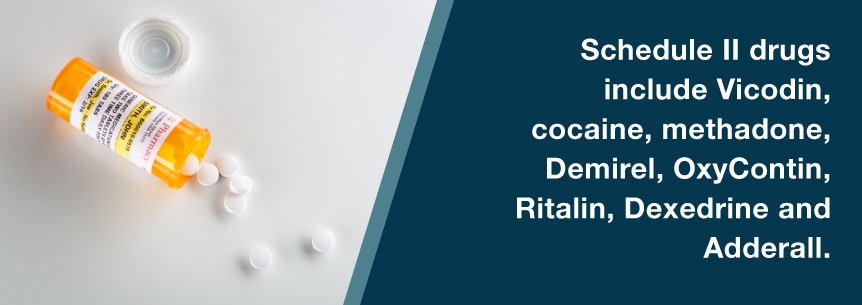
Some of the drugs categorized here include Vicodin, cocaine, methadone, Demirel, OxyContin, Ritalin, Dexedrine and Adderall.
Schedule III
Here you find drugs with a moderate to low potential for abuse and dependence. Not as low as schedule IV, but not as dangerous as the first two categories.
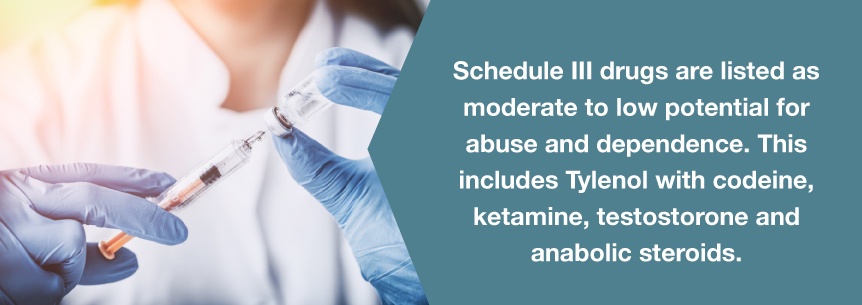
Some of the drugs in Schedule III include Tylenol with codeine, ketamine, testosterone and anabolic steroids.
Schedule IV
These drugs have an even lower risk of dependence and abuse.
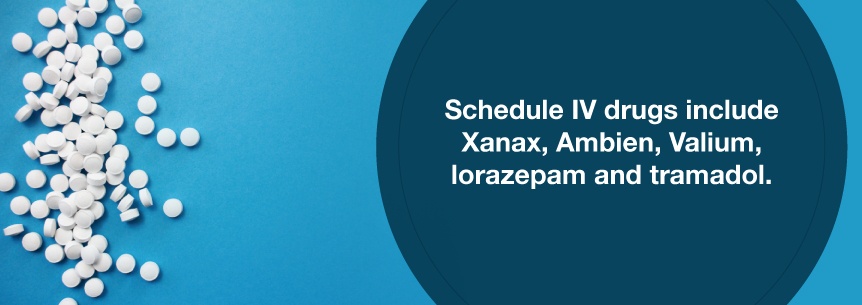
Some of the drugs in this category include Xanax, Ambien, Valium, lorazepam and tramadol.
Schedule V
The drugs in Schedule V have the lowest potential for abuse or dependence. They are generally cough medicines, pain relievers or antidiarrheals.
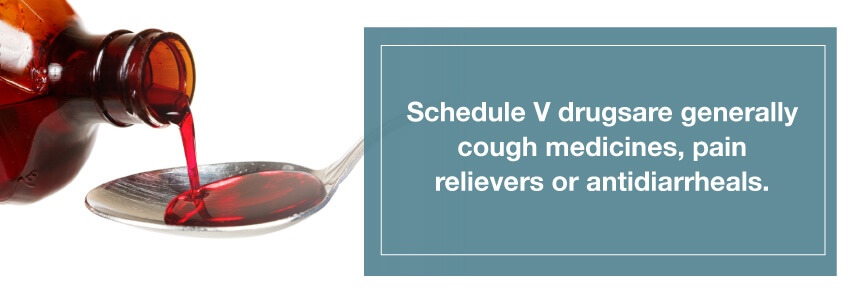
Some of the drugs in this schedule include Robitussin, Lyrica and Lomotil.
How the DEA Classifies Marijuana
DEA policy states that marijuana creates certain short-term effects: memory problems, difficulty in problem-solving and thinking, distorted perception and loss of coordination. Effects caused by the long-term use of marijuana include Amotivational Syndrome which the DEA argues is characterized by impaired judgment and memory, apathy and a loss of ambition and interest in personal goals. (If you’ll forgive us for using the vernacular for a moment, what the DEA is basically arguing is that marijuana creates “slackers.”)
The DEA also associates an increased risk of depression with marijuana use, and the possible earlier onset of schizophrenia and other psychotic conditions, especially among teenagers.
The DEA list of physical effects of marijuana includes bloodshot eyes, sedation, decreased blood pressure, lung irritation and increased appetite. Long-term use of marijuana may suppress the immune system, and marijuana smokers have a higher risk of cancer of the lungs, respiratory tract, neck and head.
The DEA does slip one small note in this rather scary description of the dangers of marijuana use. According to the DEA, there have been no reported deaths from overdosing on marijuana. The DEA may consider this worthy only of one small line two-thirds of the way down the page, but it hints at why marijuana does not belong in Schedule I.
Farther down, the DEA admits there are medical uses for THC, one of the active components in marijuana, by explaining that a synthetic version called Marinol is only a Schedule III substance.
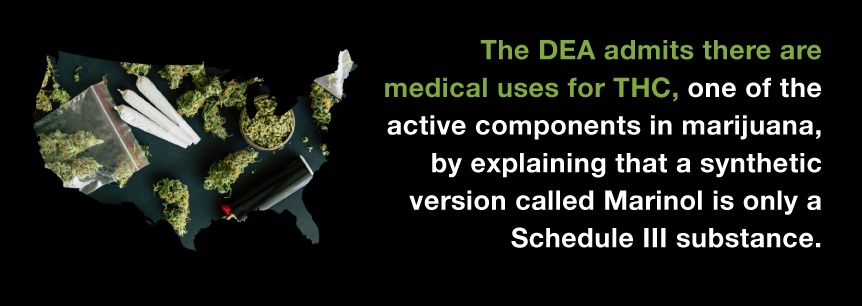
Looking over these categories, you can already begin to see that the classification of marijuana as a Schedule I type drug is, well, ridiculous. It is very hard to believe, for instance, that marijuana is as addictive as heroin and LSD, and more dangerous than cocaine or OxyContin.
How Did Marijuana Come to Be Classified as a Schedule I Drug?
Marijuana has been used for over 5,000 years for a variety of medical uses. Over 3,000 years ago, Egyptians used cannabis as a treatment for glaucoma, one of the most frequently cited medical uses of medical marijuana today. So how did medical marijuana come to be so despised by the United States federal government?
There was a great deal of racism and politics involved in the demonization of marijuana.
To understand, you must go back to the early 1900s and the Mexican Revolution. In those days there was an influx of Mexican migration into Louisiana and Texas. Many of these new immigrants brought some customs from their native land, as had many waves of immigrants from all over the world before them. One of the things they brought with them was their use of cannabis, or as they called it “marihuana,” for medical reasons.
As we still see so often today, segments of the American population and the media greatly resented and feared these new immigrants. The media began to spread false claims about the Mexicans and their use of cannabis. The local government in El Paso, Texas, responding to public opinion, borrowed the way the federal government had used opium to control the entry of Chinese immigrants into America, and used the possession of cannabis as a reason to either deny entry or deport immigrants. After a while, this spread to the national level.
What was most interesting at the time was that cannabis was used as an ingredient in several popular medicines that many Americans already had in their homes.
This continued until the 1930s when, in a stunning act of a combination of two prejudices, marijuana was alleged to cause African-Americans men to become violent and try to sleep with white women. This became the fundamental reason for the federal Marihuana Tax Act of 1937 which outlawed its sale and use.
In 1969, the Marijuana Tax Act was ruled unconstitutional by the Supreme Court. This led to the Controlled Substances Act in 1970 which created the drug scheduling which we are so familiar with today. At the time, President Nixon left marijuana in Schedule I as a kind of “placeholder” and created the Shafer Commission to give him a final recommendation.
In its final report, the Shafer Commission recommended that marijuana should not be in Schedule I. In fact, it said that marijuana should not even be considered an illicit substance. Nixon, however, for what can only be seen as purely political considerations, rejected the Shafer Commission’s recommendations and left a marijuana as a Schedule I drug.
In 1996, California approved marijuana for medical use. Since then 23 states and the District of Columbia have enacted medical marijuana laws. Considering the racism and bigotry that led to marijuana being categorized as a Schedule I drug in the first place, it is hard to see why the federal government remains so opposed to changing it to a Schedule II or Schedule III substance.
How Do Other Countries Deal With The Use of Marijuana for Medical Purposes?
Many other countries, including some of our closest allies, have approved the use of medical marijuana.
- Canada: The use of marijuana for medical reasons has been legal in Canada since 2001. In another note, it is extremely likely that in October or September 2018, Canada will become the second country in the world to legalize the use of marijuana, Uruguay being the first.
- Israel: Israel legalized the use of marijuana for severe or terminal cases in the 1990s. It’s interesting to note that Israel also has the one of the highest use of marijuana for nonmedical reasons in the world.
- Australia: Medical marijuana has been approved on a federal level in Australia. Laws vary from state to state. You can grow one or two plants for personal use in South Australia and the Australian capital territory.
- Czech Republic: The government of the Czech Republic made the use of medical marijuana fully legal. There are also very minor fines assessed for the possession of up to five plants, although this is rarely enforced.
- The Netherlands: The use of medical marijuana is legal in the Netherlands.
- France: Marijuana is illegal in France, however, you may sell medications that contain cannabis derivatives.
- India: While marijuana is technically illegal at the federal level in India, it is tolerated in many states like Gujarat, West Bengal and the Northeast for personal or medical use.
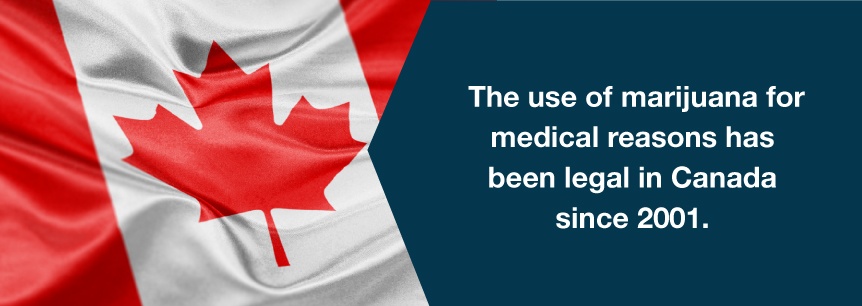
What Are the Medical Uses of Marijuana?
Although the Schafer Commission in the early 1970s recommended that marijuana not even be considered an illicit substance, the reality is that the current federal government, and many administrations before it, continue to follow a policy that classifies marijuana as a Schedule I drug. While it would be wonderful if the federal government could be as far-thinking as Canada is on the subject, we understand that on a federal level this will not happen anytime soon.
We do however believe, based on research and studies, that there is more than enough evidence to reclassify marijuana as either a Schedule II or even a Schedule III drug. This would make it more widely available to be used for its many medicinal purposes in the United States.
On a national level, the American public supports the use of medical marijuana. A recent poll showed that at least 84 percent of the public supports the use of marijuana for medical reasons.
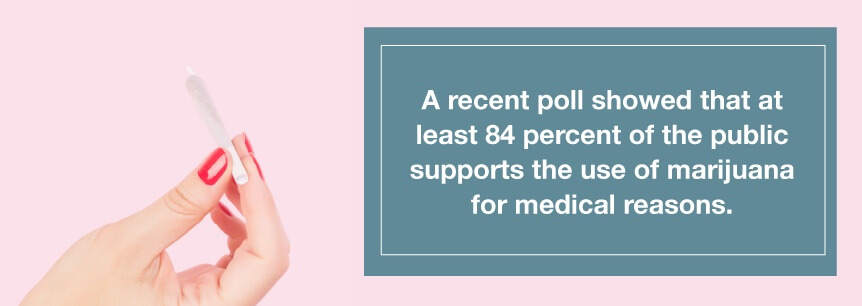
Consider the following uses of marijuana for medical purposes:
- Glaucoma: Like the Egyptians we mentioned above who 3,000 years ago used marijuana as a treatment for glaucoma, this is one of the main reasons that most states allow medical marijuana use. It has been shown to decrease pressure inside the eye, at least for a few hours. Researchers hope that some sort of marijuana-based compound can be developed that leads to longer-lasting benefits from marijuana use.
- Alzheimer’s disease: The journal Molecular Pharmaceuticals published a study in 2006 that found that the active chemical in cannabis, THC, slows the creation of amyloid plaques in the brain by blocking the enzyme that creates them. These are the plaques that lead to Alzheimer’s. Similar studies are in the early stages of research.
- The pain associated with multiple sclerosis: A study published by the Canadian Medical Association found that patients who suffered from painful contractions in their muscles felt less pain after they had smoked marijuana for a few days. Other treatments did not produce similar results.
- Hepatitis C: The treatment for hepatitis C can be quite traumatic. The treatment can cause fatigue, muscle aches, depression, loss of appetite and nausea. Side effects can last for months. Sometimes they are so severe people stop the treatments altogether. Research by The European Journal of Gastroenterology and Hepatology, however, showed that 86 percent of patients who use marijuana also completed their hepatitis C therapy. On the other hand, only 29 percent of those who did not use marijuana completed the therapy. Doctors believe that marijuana helps lessen the side effects of the treatment.
- Rheumatoid arthritis: Rheumatology researchers from several hospitals in the U.S. gave their patients Sativex, which is based on cannabis and helps relieve pain. In a test where one-half of the patients received a placebo, the arthritis sufferers who used Sativex experienced a marked reduction in pain and slept much better than those who received the placebo.
- Parkinson’s disease: A study presented by Israeli researchers in 2013 found that the pain and tremors associated with Parkinson’s disease are significantly reduced when these patients smoke marijuana. These Parkinson’s patients also slept better and showed improved fine motor skills.
- PTSD: The Colorado Department of Health gave a large grant to the Multidisciplinary Association for Psychedelic Studies, an organization which actively supports marijuana research, to see if medical marijuana could be used to treat people with PTSD. Cannabinoids that occur naturally in the body play a role in regulating what causes fear and anxiety in humans. While the larger study is still underway, the state of New Mexico has been using marijuana to treat PTSD. It is, in fact, the main reason that people receive a license for medical marijuana in that state.
- Stroke: A study by the University of Nottingham in England found that marijuana can act to protect the brain by reducing the area of the brain affected by stroke.
- CTE: This is probably a condition that many people are aware of because so many people in the United States are fans of football. Chronic traumatic encephalopathy (CTE), or as it is known, concussion syndrome, is believed to happen after football players or players of any other sport suffered too many concussions. Recently Lester Grinspoon, a marijuana advocate and a professor of psychiatry at Harvard, wrote to NFL Commissioner Roger Goodell, arguing that the league should stop testing players for the presence of marijuana in their blood and fund research into marijuana’s ability to protect the brain.
- A 2014 study done by a team of researchers at the Harbor-UCLA Medical Center in Torrance, Calif., showed that patients were less likely to die from a traumatic brain injury if they use marijuana
- Chemotherapy: Another well-known use of medical marijuana. There is much evidence according to the National Academies that marijuana is an effective way to treat the side effects of chemotherapy. Chemotherapy, while an effective at reducing cancers, can also create very painful side effects including painful vomiting and loss of appetite, which lead to other complications. There is considerable research that shows marijuana helps reduce these effects by stimulating appetite, decreasing nausea and alleviating pain.
- Reducing the use of opioids: If it was possible to use marijuana as a way to treat chronic pain instead of addictive opioids, there would be far fewer deaths and emotional trauma across America. Remember, as we reported above, even the DEA itself says it has no reports of any death ever caused by marijuana use. While some people may argue about the addictive qualities of marijuana, there is no question that it is far less addictive than opioids.
Why It’s Time to Move Marijuana out of the DEA’s Schedule I Category
It’s understandable in a way that so many people have come to misunderstand marijuana. In the early 1900s, it was used as an excuse to demonize both Mexican-Americans and African-Americans. Then came “reefer madness” in the ’40s and ’50s. Today, many important members of the current administration seem determined to paint the use of medical marijuana in a bad light. Marijuana has suffered from a “bum rap” for over a century.
Yet as the evidence above shows, the many medical uses of marijuana continues to grow. Researchers across the world are regularly discovering new uses for medical marijuana in treating some of our most debilitating diseases: cancer, Alzheimer’s, Parkinson’s, PTSD. The attitude of the federal government and the DEA should not be one of an ostrich with its head in the sand, but one of a willing partner who will join in the kind of research that leads to finding new uses for medical marijuana.
The DEA’s categorizing of marijuana as a Schedule I drug can only be considered a relic of racial prejudices and political misunderstandings from a long time ago. The fact that the federal government still says that there are no medical uses for marijuana of any kind defies reality.
Even a skeptical person would have a hard time arguing that marijuana is as deadly or dangerous as heroin or LSD. By leaving marijuana as a Schedule I drug, the federal government’s policy denies many physicians the chance to help their patients find relief from a variety of diseases.
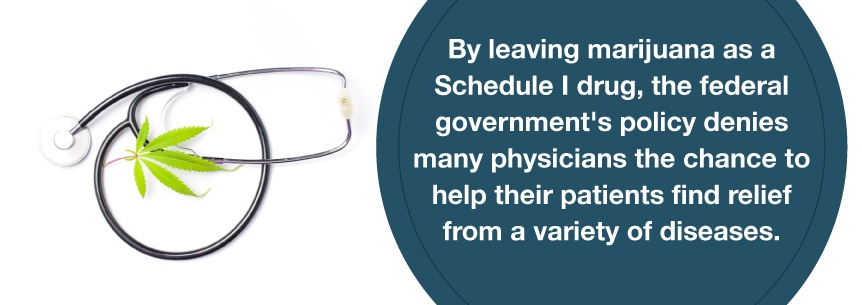
We completely agree that this research should proceed with caution. While preliminary research in many fields has shown the potential for positive results, we are also aware that the misuse of marijuana can be debilitating. Yet we should not allow the fear of negative results to get in the way of medical marijuana’s obvious positive possibilities.
By placing marijuana in the Schedule II, or even better, the Schedule III category, the federal government would be letting physicians know that prescribing marijuana can be just as useful as prescribing Vicodin or Tylenol with codeine, or even an opioid, for a patient in pain.
It’s time for the federal government to change this outdated policy, follow the lead of the 23 states and the District of Columbia and give their approval of the use of marijuana for medical reasons.
Search for a Medical Marijuana Doctor or Dispensary
If you’re looking for a trusted nationwide network of physicians in states where medical marijuana is legal and who are currently prescribing marijuana for their patients when it is appropriate, look no further. Here you can search for a cannabis-certified doctor or find a dispensary. Our blog has lots of advice on how to navigate your way through what for many is still unchartered territory. If you like what you find, you can even sign up for our newsletter, which will keep you up-to-date on the latest issues and findings of the use medical marijuana.

